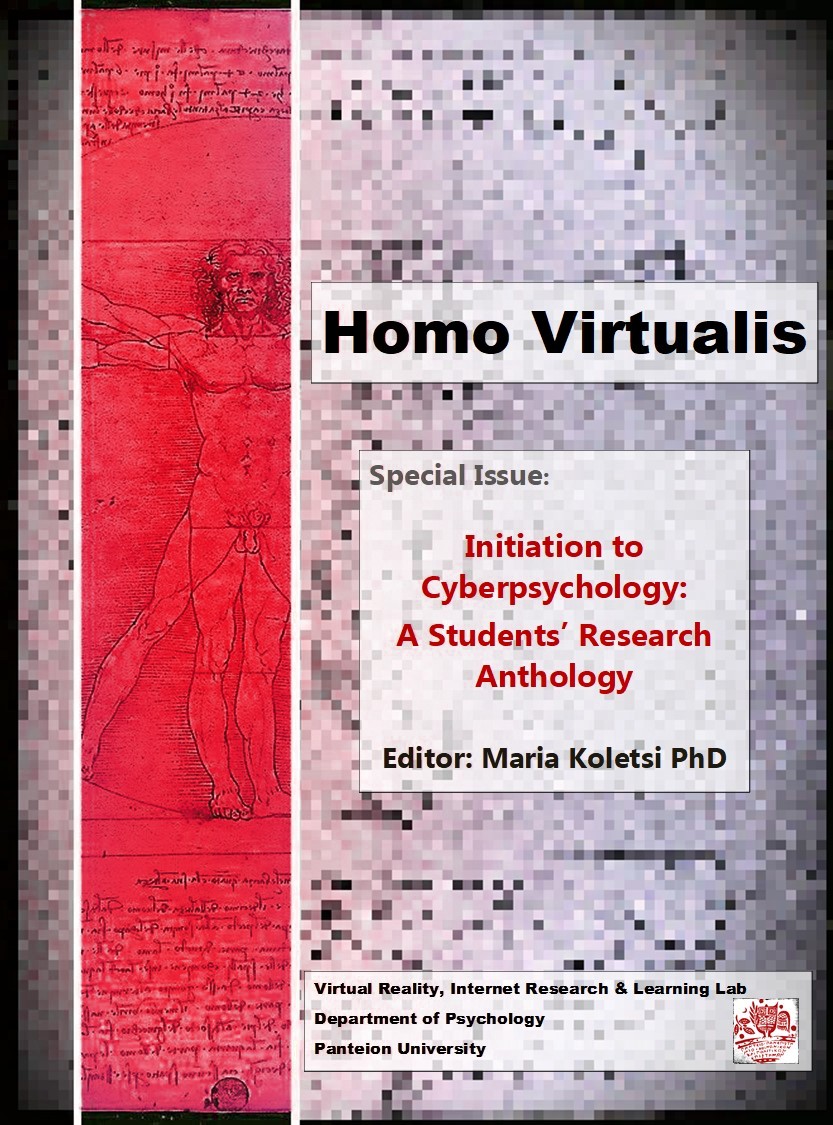Personal relations and social media: The emotional experience on Instagram
Résumé
Social network sites such as Facebook and Instagram have become an online venue where people nowadays form and maintain relationships, socialize and exchange social or other information. This study explores the Instagram experience and its effects on feelings, anxiety and a series of other related variables. Results of the self-report quantitative correlative method (n=289) revealed indifference as the primary feeling associated with Instagram use in general, slightly surpassed by happiness, love and pride only in cases when Instagram use was positively personalized. Regarding Instagram anxiety, results showed no sex differences, a negative correlation with age and a positive correlation with amount of use. Instagram anxiety was also found to correlate with social comparison, passive and active use as well as social presence, indicating that content and type of involvement is likely to have emotional and psychological effects. A high correlation was found between Instagram anxiety and problematic use. Self-esteem was found to correlate negatively with Instagram anxiety. A positive relationship was found between social comparison and use, active or passive. Finally, the number of users one follows was found to play a role in the amount of Instagram anxiety.
Article Details
- Comment citer
-
Pantalos, E., Katsimigas, L., Komninou, A., & Makrysopoulou, P. (2022). Personal relations and social media: The emotional experience on Instagram. Homo Virtualis, 5(1), 213–260. https://doi.org/10.12681/homvir.30342
- Rubrique
- Student Research

Ce travail est disponible sous la licence Creative Commons Attribution 4.0 International .
Authors who publish with this journal agree to the following terms:
· Authors retain copyright and grant the journal right of first publication with the work simultaneously licensed under a Creative Commons Attribution License that allows others to share the work with an acknowledgement of the work's authorship and initial publication in this journal.
· Authors are able to enter into separate, additional contractual arrangements for the non-exclusive distribution of the journal's published version of the work (e.g. post it to an institutional repository or publish it in a book), with an acknowledgement of its initial publication in this journal.
· Authors are permitted and encouraged to post their work online (preferably in institutional repositories or on their website) prior to and during the submission process, as it can lead to productive exchanges, as well as earlier and greater citation of published work.



